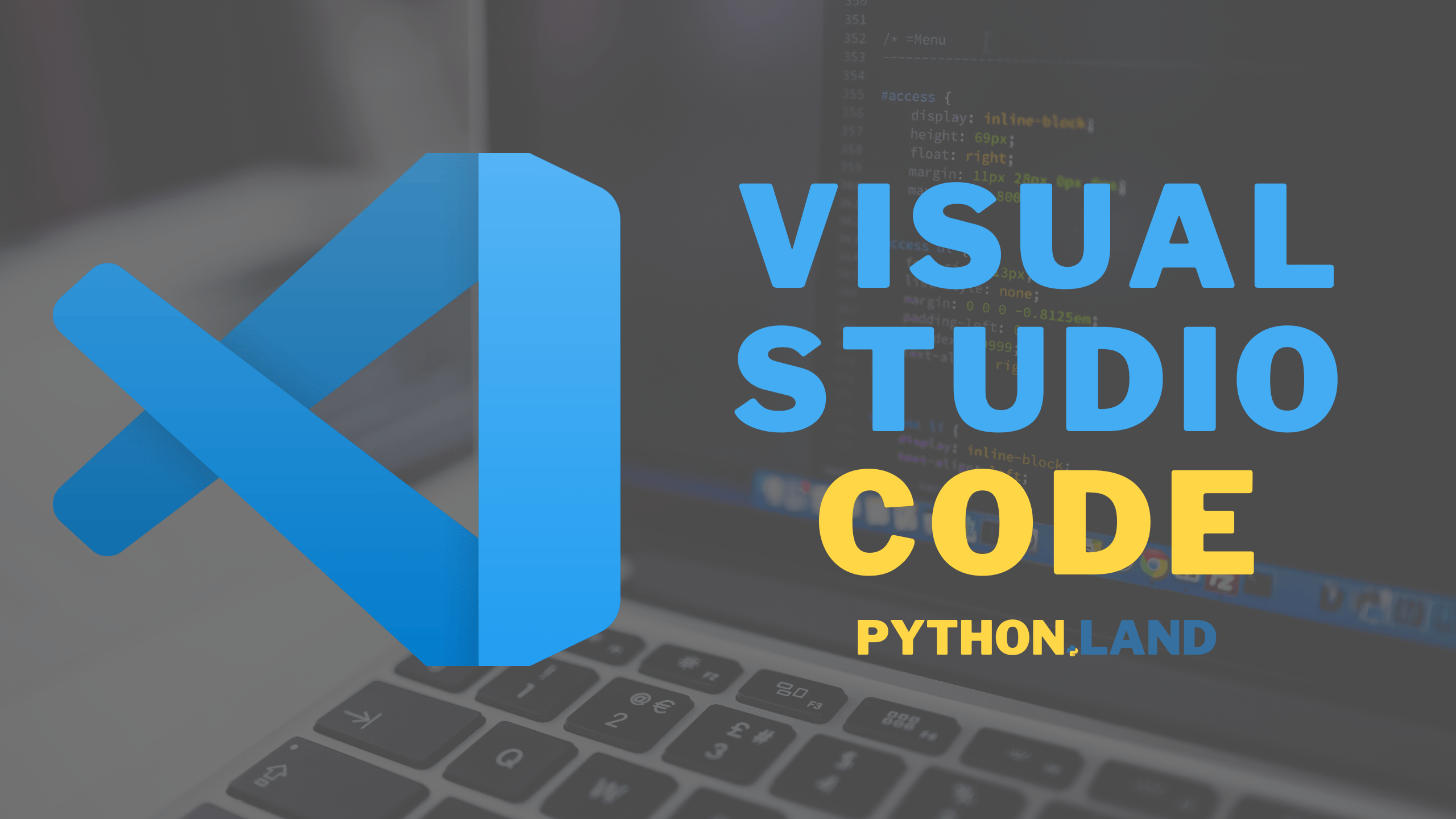Now you know why VSCode is awesome, and why it’s probably the best choice for you too. You probably can’t wait to install VSCode, right? We’ll explore different ways of installing VSCode and how to start it.
Installing VSCode
Just like when installing Python, there are a number of ways to install VSCode.
Download from the official site
VSCode can be downloaded for free from this website. It’s available for the following platforms:
- Windows
- Linux
- MacOS
Make sure you download the correct binary for your platform. The website tries to detect your platform automatically and offer the correct link, so that shouldn’t be too hard! After downloading, open the file and follow the steps to install it on your system.
Use OS specific package manager
On Linux and MacOS, you can use good alternatives to install VSCode. E.g., if you are a Homebrew user, you can install the vscode cask with:
$ brew install --cask visual-studio-code
If you’re on Ubuntu, you might want to use snap instead. All these methods are fine, and probably even better than downloading VSCode manually. I personally use the snap packages on Ubuntu, and it works flawlessly and stays up-to-date with the latest releases.
VS Codium
Although VSCode is free, some people worry since it’s built and maintained by Microsoft. From what I understand, the code is open-source, but the binary builds are not. Microsoft takes the open-source and adds some extra’s, like branding and telemetry (you can turn this off).
If you are an open-source purist, there’s a binary distribution built by the community, called vscodium. I haven’t tried it myself but it should work completely the same as the official release. To be absolutely clear: VSCode itself is free. Personally, I’m fine with Microsoft building the binary and even don’t mind the telemetry that much, although I usually turn it off when installing a new OS.
Starting VSCode
There are two ways you can start VSCode:
- Looking it up in the menu and clicking it
- Starting it from the command-line
Starting VSCode from the the start menu
Most operating systems have a menu system, e.g.:
- The start menu on Windows
- The launcher on MacOS
- Similar functionality on Linux, e.g. in the Gnome Shell.
If you want to open up VSCode, simply look it up and click the icon.
Starting VSCode from the command-line
The big advantage of starting VSCode from the command line is that you can directly pass a path or file to open it. On all platforms, you can open the current directory as a project in VSCode, simply by typing:
$ code .Code language: Bash (bash)You can use the code command to open a specific file as well:
$ code myscript.pyCode language: Bash (bash)



